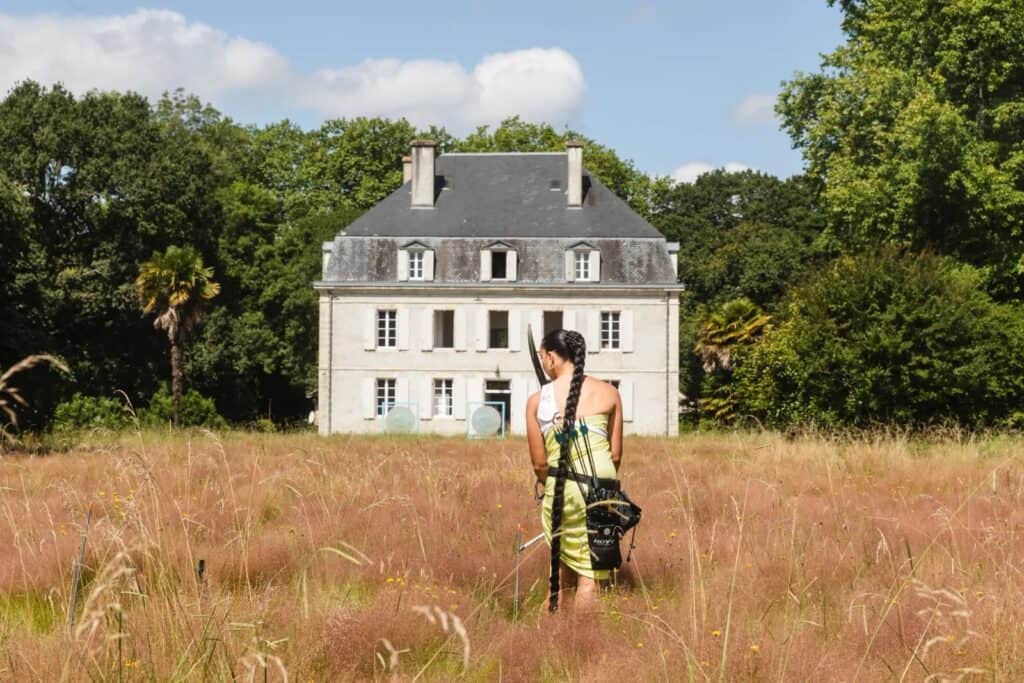Juliusz Windorbski, a CEO of the DESA Unicum auction house, provides insight into the world of art and auctions. In his article for the Contemporary Lynx Magazine, he discusses Maurycy Gottlieb and one of the most prominent artworks of the 19th century.
Until this day, he is recognized widely as one of the leading Polish artists of the 19th century, albeit his premature death at the age of twenty-three and a very brief artistic career. The artist’s name is Maurycy Gottlieb. His painting “Self-portrait in Polish Nobleman’s Dress,” which was believed to be missing for over seventy years, is currently featured in the exhibition that opened on the 2nd of December in the DESA Unicum auction house.
Maurycy Gottlieb came from a wealthy Jewish family. However, he had always emphasized his affinity with the Polish culture and tradition. When he was fifteen years old, he enrolled into the art academy in Vienna. Three years later, Gottlieb decided to relocate to Krakow and pursue studies under the tutelage of Jan Matejko, whom he greatly admired. It was around that period of time when he created one of the greatest masterpieces of his career – “Self-portrait in Polish Nobleman’s Dress” mentioned above (1874). This extraordinary work of art is certainly worth examining further in the context of its amazing history.

Maurycy Gottlieb (1856 – 1879), Self-portrait in Polish nobleman’s dress, 1874
Why is this particular painting regarded as the centrepiece of this artist’s entire oeuvre, as well as one the most salient milestones in the history of 19th century painting?
A greater demand for Gottlieb’s pieces could surely stem from the fact that they are rarely available on the market. The discovery of “Self-portrait in Polish Nobleman’s Dress” after over seventy years was deemed as one of the most significant events in the Polish culture. The painting was in fact recovered from a private collection in New York. Clearly discernible is the excellent artistic craftsmanship displayed by Gottlieb, who studied under the great master himself – Jan Matejko considered him to be his most talented pupil. The legend has it that Maurycy Gottlieb and Henryk Siemiradzki had been holding the wake over their teacher’s body until the funeral service concluded.
It seems worth pointing out that Gottlieb did this painting at the age of eighteen. It was his first early masterpiece. Gottlieb’s selection of a subject bears testimony to his exceptional maturity as an artist. To paint a portrait of oneself wearing a nobleman’s robe constituted a sort of manifesto. No wonder every book and article dedicated to Gottlieb always mentions this painting. Until recently, the piece was known mainly from its reproduction made in Vienna (1923). Today, it is displayed publicly for the very first time since the Interwar period. It is an absolutely spectacular event.
The painting referring to the former style of noblemen’s portraiture dominating in the 17th century, depicts an artist wearing a fur cap, symbolizing the nation’s independence. Gottlieb’s patriotism and attachment to the Polish culture are expressed though his overcoat and an ornate band traditionally worn by the Polish nobility, which he held in high regard. This selection of an attire demonstrates the artist’s wish to live in the multinational and harmonious community that emerged in the Polish-Lithuanian Commonwealth. The painting at hand documents a remarkable moment in the history of the Polish-Jewish relations, as well as the 19th century tensions, which affected Gottlieb himself. Ultimately, he decided to return to Vienna after hearing some of the anti-Semitic speeches delivered by his peers at the Academy of Fine Arts in Kraków.
“Self-portrait in Polish Nobleman’s Dress” is displayed at the exhibit “Period Art. Nineteenth Century. Modernism. Interwar Period” until the 12th of December 2019. The estimated value of the painting amounts to PLN 2,000 000.
Written by Juliusz Windorbski







